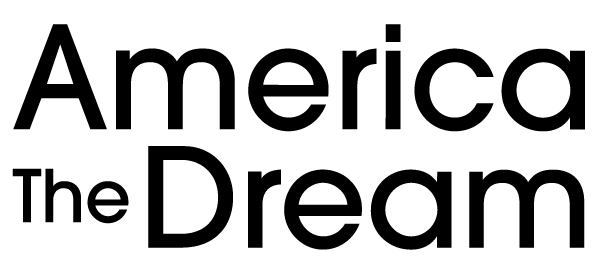“The American dream is not a sprint, or even a marathon, but a relay. Our families don’t always cross the finish line in the span of one generation. But each generation passes on to the next the fruits of their labor.”
— Julian Castro
When we hear a song we like, it’s easy to imagine it has always existed as we know it. But most songs and poems go through many drafts and changes. Sometimes the new drafts are by the original author. Sometimes editors and publishers make changes of their own. Every singer, every generation puts their own stamp on a song as well. This song began life as a poem in 1893. While teaching college that summer in Colorado Springs, Colorado, professor and poet Katharine Lee Bates hired a prairie wagon to take her to the summit of Pikes Peak (part of the Rocky Mountain Range and 14,115 ft high).
“Near the top, we had to leave the wagon and go the rest of the way on mules. I was very tired. But when I saw the view, I felt great joy. All the wonder of America seemed displayed there, with sea-like expanse.”
Inspired, she wrote a poem she entitled “America.”
Here are some of the lines from an early draft:
O beautiful for halcyon skies,
For amber waves of grain
For purple mountain majesties
Above the enameled plain
America! America!
God shed his grace on thee
Till souls wax fair as earth and air
And music-hearted sea!
Over the years, Katherine Lee Bates continued to revise the words. It was published and sung to many different melodies, including “Auld Lang Syne.” But the one that proved most popular was a hymn melody composed by church organist Samuel A. Ward. Though he originally wrote it for an earlier hymn in 1882, it was this melody, together with the revised lyrics, that became the “America the Beautiful” most people know today:
Oh beautiful for spacious skies,
For amber waves of grain
For purple mountain majesties
Above the fruited plain
For a song that became so popular, it’s remarkable that it never had an actual chorus… or a title that appears in the lyrics. In recent years, the later verses are rarely sung. Language changes with time. So does awareness of inclusion and diversity. The song is still evolving, as is the dream of America. For our Martin Luther King Day celebration this year, I wondered about an anthem we could all sing together.
A song for all ages, colors, religions and beliefs. An anthem weaving together Katharine Lee Bates’ original vision of the beauty of America, with Dr. King’s dream for all America.
FEATURED ARTICLE




